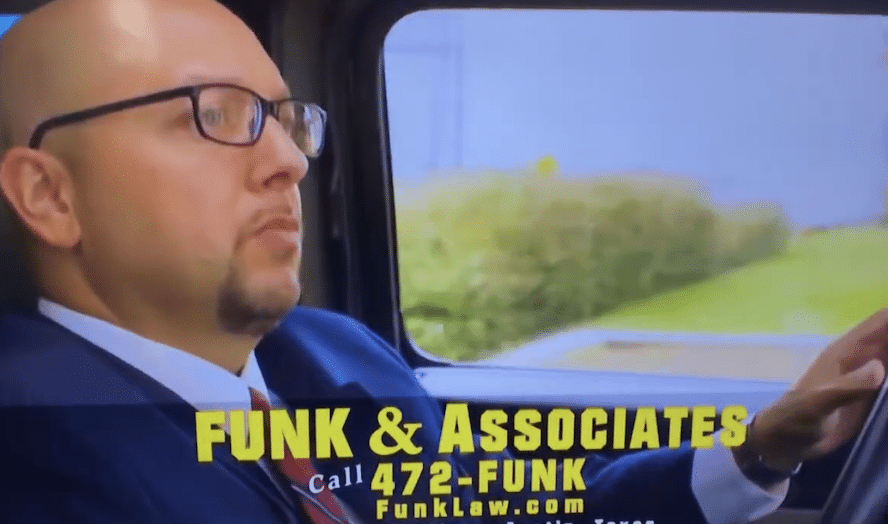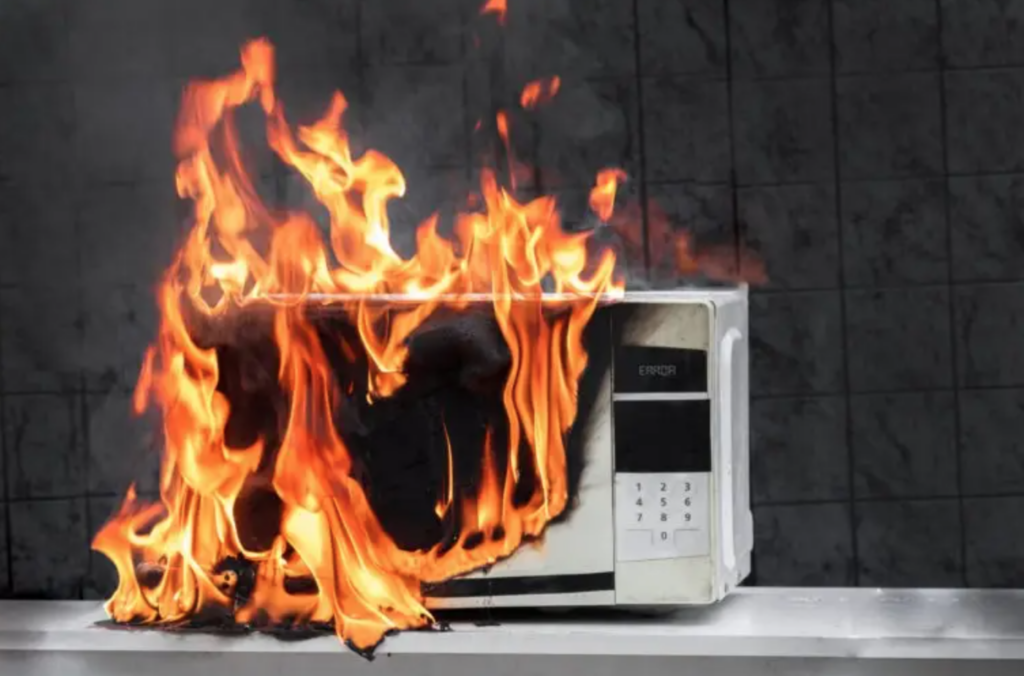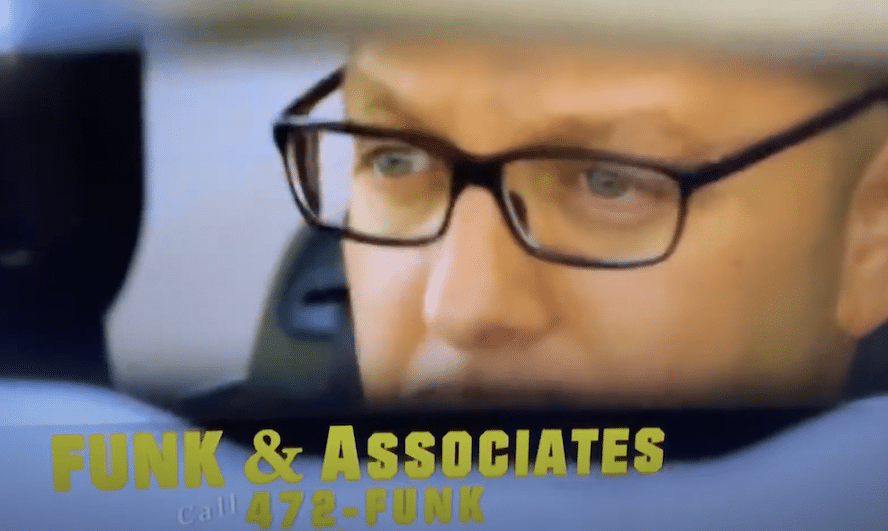Buyer Beware!
Austin’s Top Product Liability Lawyer Says …
For those who have been injured or suffered other damages because of a product, whether it is a mechanical device, household item or pharmaceutical, a product liability case may be in order. Product liability claims are an option when someone:
- is injured
- suffered losses
- the product is defective
- the defect may have been responsible for the injury or loss
- the product was being used as intended.
When these things occur, the manufacturer may be liable for damages arising from the use of the defective products.
What Are Product Liability Cases?
Product liability cases are not the same as premises cases. If someone is injured on an amusement park ride because the brakes failed, that would be considered a product liability case. However, if the person is injured due to a slip and fall while getting into the ride, that is a premises case with different requirements.
(You may learn more about premises cases on our Premises Liability page.)
Who Can Make A Product Liability Claim?
Anyone who is injured due to a product defect may be eligible for a product liability claim, even if they did not purchase the item themselves, and often, the person injured does not have to prove negligence. In most cases, if the product is found to be defective and the defect caused the injury, the person who was injured may sue for damages as long as they were not using the product in a way that it was not intended to be used.
Who Can Be Held Liable?
Product liability cases in Austin, Texas involve defective or unsafe products.
Manufacturers, wholesalers, and retailers of products can be held liable for damages arising from the use of defective products. Products covered by this area of law, include food, drugs, and real estate, as well as virtually all consumer products.
The following are some consumer product cases that we have handled at Funk and Associates:
- garage door openers
- ladders
- food products containing contaminates
- power tools and saws
- faulty chairs and tables
- exploding batteries
- firework malfunctions
- auto defects
- faulty airbags
- amusement park rides
- electronics resulting in fires and injuries

Is Product Liability the Same As Premises Liability?
Don’t confuse product cases with premises cases. Premises cases involve a specific location where the operator was negligent in the maintenance of the said location. As we said in the example above, when a rollercoaster’s brakes fail, sending the rollercoaster off the track—that’s a products case.
However, injuring yourself on the stairwell on your way to the rollercoaster is a premises cases.
The user who is injured and seeks damages does not need to be the original purchaser of the product. Nor does a person seeking damages have to prove negligence in many cases. Product liability frequently is a question of strict liability: that is, if the product is defective and that defect caused injury, the injured user may sue for damages as long as the product was used as it was meant to be used and not substantially changed from its original condition.
If the injured user was using the product in a manner not intended by the manufacturer or retailer, or had altered the product so that safety features were disabled, it may not be possible to prove that injuries were caused by defects in the product. The defendant may be able to successfully claim that the injuries were caused by the acts of the plaintiff.
Questions of negligence and breach of warranty are also grounds for a claim for damages under product liability. In the case of negligence, if it can be shown that a company was negligent in testing its product adequately or in supplying directions for its use, the injured party probably has grounds for filing suit. Similarly, a manufacturer implies a warranty for fitness of use and freedom from defect when an item is sold. If the item proves to be defective, or is unfit for the purpose intended, an injured user can file a product liability case. In a case of negligence, it is important that the plaintiff be able to show that the product was defective when it left the control of the party he is suing. It is not possible to hold someone liable for a defect that occurred after that party had control over the product.
In product liability, there are various areas of defects that can occur. If a claim of strict liability is to be pursued, the injured party will need to show that the product was unreasonably dangerous for its intended use, due to a defect. There are generally three areas in which a product can be unreasonably dangerous:
#1 The manufacturer or seller fails to warn about dangers associated with the product’s use. Manufacturers and sellers are expected to give adequate warnings about possible dangers, and to provide clear and adequate instructions of use. Failure to do so can cause a useful product to become deadly. For instance, coolants used in automobiles are extremely toxic – failure to print warnings of this toxicity on the product labels could lead to an accidental poisoning and thus to a suit for damages.
#2 The product may have a design defect. This means that the product is manufactured with a defect, even if it is assembled perfectly. An example would be a car gasoline tank that is designed with weak walls such that an impact can rupture the tank and cause the car to catch on fire, even when the tank is correctly assembled and installed.
#3 A manufacturing defect exists when an otherwise safe product is rendered dangerous because it is assembled improperly. A car whose wheel is installed with missing or cross-threaded bolts may lose a wheel at high speed, injuring or killing the driver and passengers. If it is proved that the car was manufactured with that defect, the manufacturer will be liable.
Funk and Associates: Austin’s Best Product Liability Attorneys
| Funk and Associates stand among Austin’s top product liability attorneys due to their expertise in pharmaceuticals and faulty equipment and Texas state laws. Our deep understanding of these legal issues ensures that all aspects of your case are handled with precision and care. Access to expert witnesses in Austin, such as product specialists and medical experts, strengthens the case. These professionals provide insights and testimony that can significantly impact the outcome of your claim. Funk and Associates leverage these resources to build compelling cases for their clients. We work hard for you! |
If You Think You Have A Product Liabilty Case, Evidence is Key
In all cases of product liability, it is essential to the success of the case that the product be preserved and that all paperwork showing the origin of the product be made available. Receipts showing purchase, any repair records, etc., can be vital to building a successful case.
If we decide to take on your case, one of the first things we do is secure the product in a climate controlled warehouse. It is also important to establish a “chain of custody” for the product so that it can be shown that the product was properly moved from location to location.
In order to succeed with a negligence or breach of warranty lawsuit, the plaintiff must show that the product was defective when it left control of the defendant. As I wrote above, a person may not sue a manufacturer for a defect that occurred in the retail store where the person who was injured purchased the item.
Warning Labels Can Be Silly .. But They Are There For a Reason!
Manufacturers and sellers are expected to provide adequate warning about possible dangers and to provide clear instructions for use. This is especially true for pharmaceuticals. Failure to provide such information can cause a normally harmless product to become deadly.
For example, household laundry detergent is relatively harmless, yet there are warnings on the bottle regarding injuries to eyes and other possible health hazards, including poisoning. If a manufacturer fails to include those warnings and an injury occurs, a product liability claim may be in order.
There are occasions when a product may be incorrectly designed. An improperly designed automobile gas tank could rupture on impact causing an explosion. (For a list of some of the most recent auto recalls, visit the National Highway Traffic Safety Administration page.)
A ladder may have faulty connections that could result in a person falling. These are examples of a product that is incorrectly designed or poorly constructed.
If you or someone you love has suffered an injury because of a product or pharmaceutical, contact Funk & Associates today.
More Information
Asbestos Claims
Hazardous Products
Negligence Overview
Personal Injury Damages
Types of Damages
Types of Compensatory Damages
Do I have a case?
Personal Injury Claim Evaluation
Please enter all required information to complete your personal injury claim evaluation. If your information is received before 3:00 p.m. CST, an attorney will call you back on the same day!
The submission of information to Funk & Associates (“The Firm”) or one of its attorneys does not create an attorney-client relationship, and the receipt of said information does not constitute an attorney-client relationship. This website presents general information which is not intended to be legal advice, nor should you consider it as such. Contacting Funk & Associates does not, and should not, prohibit you in any way from seeking legal advice regarding this or any other matter. This Firm makes no representations, material or implied, of any statute of limitations which may or may not exist.

